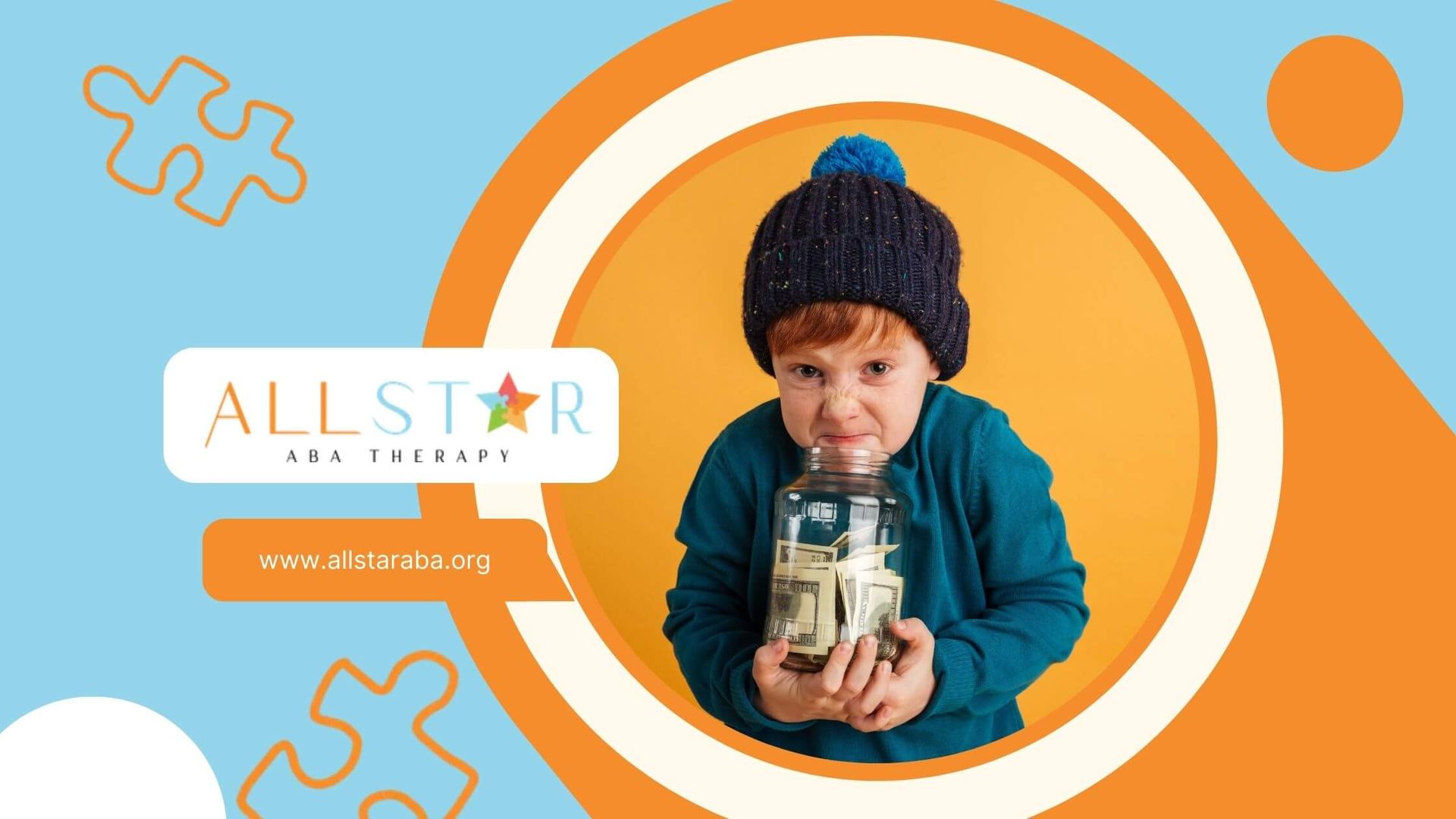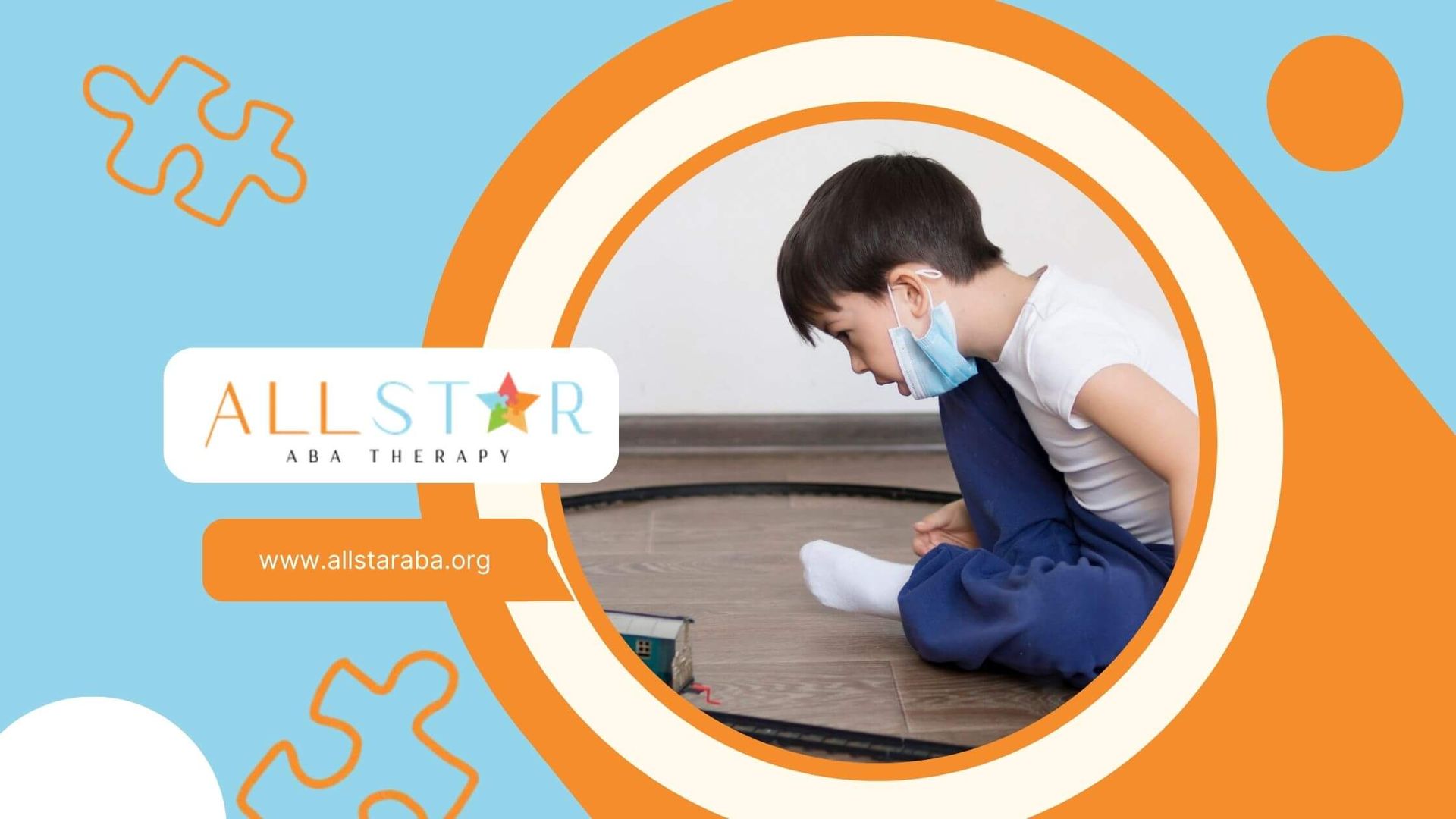New Paragraph
Resilient Autism Shutdown Strategies You Need
Getting to Know Autistic Shutdowns
What’s an Autistic Shutdown?
Autistic shutdowns happen when someone with autism just can’t handle their environment anymore. It's like their brain pulls the emergency brake to protect itself. This can happen due to too much noise, bright lights, or even emotional stress. Unlike meltdowns, which are more explosive and visible, shutdowns are like going into a shell. People might seem unresponsive or even go silent, unable to talk. Think of it as the brain’s “freeze” reaction.
| What Happens During a Shutdown | What It Means |
|---|---|
| Triggers | Too much sensory info or emotional stress |
| Responses | Not responding, zoning out, going silent |
| Purpose | A way to cope with overwhelming things |
How to Handle Shutdowns
Here’s what you can do to help someone during a shutdown:
- Find a Chill Zone:
A quiet, comfy corner can work wonders. If someone feels a shutdown coming, they should have a place to retreat that's soothing and low on sensory input.
- Plan Ahead: It can really help if there’s a plan in place. Knowing what might set them off and having a strategy ready can make everything less scary during a shutdown.
- Speak Up for Themselves: It’s important for people to feel they can express what they need. Encouraging them to talk about their needs can really make a difference, and signals from family or teachers can help too.
- Take Breaks:
Little breaks throughout the day can keep stress levels low. Whether it’s reading a book, listening to tunes, or just chilling out, downtime is key.
- Use Tech: There are apps that help track how someone’s feeling. Keeping tabs on moods and triggers can make it easier to spot patterns and prepare for shutdowns.
Using these tactics can really make a difference for someone struggling with autistic shutdowns. Want to learn more about the symptoms of autistic shutdowns or why they happen? Check out our in-depth discussions.
Autistic Shutdown vs. Meltdown
Figuring out the differences between autistic shutdowns and meltdowns can be a game-changer for parents, family members, and professionals supporting individuals with Autism Spectrum Disorder (ASD). Both are responses to overwhelming situations, but they're worlds apart in how they show up and what causes them.
Shutdowns vs. Meltdowns
An autistic shutdown is when an autistic person retreats inside themselves because everything around them becomes too much. Think of it as a timeout for the brain. They might zone out, feel numb, or go silent, unable to speak. This internal coping mechanism kicks in, much like the 'freeze' response in the brain when overwhelmed.
On the flip side, a meltdown is like an emotional volcano erupting. Similar triggers cause it, but it involves losing control and expressing distress outwardly. So picture shouting, crying, or physical actions like kicking or flapping. Unlike temper tantrums,
meltdowns are a desperate cry for help when someone feels completely overwhelmed and can't express those feelings any other way.
| Aspect | Autistic Shutdown | Meltdown |
|---|---|---|
| Definition | Retreat from surroundings due to overwhelm | Loss of control from sensory/emotional overload |
| Expression | Internal, muted response | External, intense behaviors |
| Communication | May result in mutism | Communication may get chaotic |
| Cause | Sensory/emotional overload | Sensory/emotional overwhelm |
| Goal | To calm down and cope | To express overwhelming feelings |
Spotting the Signs & Triggers
Autistic shutdowns can be sneaky and easy to miss, unlike the in-your-face nature of meltdowns. Look for signs like withdrawing from social interactions, going silent, or a blank face. Triggers for shutdowns are usually like those for meltdowns: loud noises, social pressure, or tricky tasks.
| Shutdown Signs | Shutdown Triggers |
|---|---|
| Withdrawing from social situations | Crowded or noisy spots |
| Not talking | Hard or overwhelming tasks |
| Blank expression | Emotional or sensory reset needed |
Knowing these signs and triggers can help anyone provide better support. Recognize a shutdown in progress, and you can step in meaningfully, helping out when it's really needed. For more tips and info, check out our pages on autistic shutdown symptoms and autism shutdown causes.
How Autistic Shutdowns Hit Home
Autistic shutdowns shake things up in many ways. Getting a grip on these changes is a lifesaver for parents and caregivers trying to back their loved ones.
Rollercoaster of Feelings and Body Reactions
Shutdowns bring about some pretty intense emotional and physical fallout Folks can feel everything from anger to utter sadness and jittery anxiety. Long-lasting shutdowns can leave emotional scars and push adults close to autistic burnout, especially if they're dealing with stressful jobs. Things like masking, being unable to stim, and piled-up sensory clutter make things way worse.
Here's a quick rundown of what people feel and how their bodies react:
| Feelings | Body Reactions |
|---|---|
| Frustration | Wiped-out tired |
| Anxiety | Physical aches |
| Sadness | Stomach twists |
| Feeling alone | Hyper-aware senses |
| Low self-worth | Tight muscles |
These shutdowns also throw a wrench in daily life, messing with everything from emotions and sensory input to social life. Unchecked stress can lead to burnout and even depression. More info at Reframing Autism.
What Happens to Communication
Shutdowns mess up how folks communicate big time. When in shutdown mode, someone might find it super hard to talk or respond normally. This can cause major mix-ups in relationships, with others thinking the silence is a brush-off. It's key to remember shutdowns aren't about ignoring folks—they're a go-to way to handle too much happening at once.
Knowing the difference between shutdowns and other silent moments can stop the spread of wrong ideas about autistic people. For a deeper dive, peep our article on autism meltdown vs shutdown.
In a nutshell, spotting the feelings and communication hurdles during shutdowns can lead to better support and closer bonds in families and communities.
Recognizing Autistic Burnout
Understanding autistic burnout matters, whether you're a parent, family member, or a pro working with folks on the autism spectrum. This isn't just fatigue—it's a game changer for mental health and overall well-being.
Signs of Burnout
Burnout in autistic individuals isn't your run-of-the-mill stress. Look out for these telltale signs:
| Sign | What It Means |
|---|---|
| Chronic Exhaustion | Always dog-tired, no matter how much rest they get. |
| Loss of Skills | Suddenly struggling with things they used to nail, like talking or handling day-to-day stuff. |
| Sensitivity Overload | Everything feels too loud, too bright, too much—leading to meltdowns or avoidance. |
Burnout can stick around for a long time, from weeks to even years. That’s why it’s crucial to spot the signs early.
Triggers for Burnout
So what sets off burnout? Here are a few usual suspects:
| Trigger | What Happens |
|---|---|
| Stress Overload | Constant stress with no breaks or ways to cope. |
| Masking | Hiding their true selves to fit in, which is emotionally draining. |
| Sensory Overload | Too much noise, lights, or chaos that the brain can't filter out. |
| Major Life Events | Big changes like moving house or losing a loved one can ramp up stress. |
| Stimming Restrictions | Not being able to do things like rocking or fidgeting, which help them calm down. |
A study shows that about 20% of autistic people go through burnout at least once. Knowing what triggers burnout helps create better ways to support and manage it. Caregivers can make a huge difference by understanding what causes burnout and how to help—because it’s all about getting the right support in place, just when it’s needed the most.
Helping Folks During Shutdowns
How to Really Help
When someone with autism hits a shutdown, they need a calm, understanding vibe. It's like a mental and sensory overload, so keep your cool and dodge the judgment. Just be there—no grilling them with questions or barking orders. Let your presence be a signal of support, free from constraints.
Chat about coping strategies during peaceful times to keep a plan in place. This includes pinpointing what sets them off and what makes them feel better. Boundaries work wonders here. They help create a routine that keeps anxiety in check, which means fewer shutdowns. Schools and workplaces should also make adjustments to support mental well-being.
| Support Tactics | What's Involved |
|---|---|
| Safe Spots | Define quiet zones for when it gets too much. |
| Visual Aids | Use visuals like schedules to help them prep for changes. |
| Talk Triggers | Discuss what sets them off during calm moments. |
| Limit Overstimulation | Keep sensory input low to avoid shutdowns. |
Bouncing Back
Getting over a shutdown isn't instant. They might need to pull back and recharge. Here are some tips to smooth out the process:
- Encourage Chill Time: Give them space to wind down. No need to force interaction—just let them be.
- Ease Back Sensory Stuff:
Once they're ready, slowly reintroduce sounds, sights, etc., at a measured pace.
- Promote Comfort:
Support their go-to calming methods like fidget tools or soft music.
- Look Out for Burnout:
Keep an eye on lingering stress signs. Burnout can mean ongoing tiredness, losing skills, and heightened sensitivity.
- Keep Talking: After things settle, talk about what happened. This can help spot future triggers and make shutdowns less likely.
In short, solid support during shutdowns and smart recovery tactics can boost the well-being of folks with autism. Curious to dive deeper? Check out our article on autistic shutdown symptoms.
Neurodivergent Perspectives on Shutdowns
An Inside Look at Shutdown Experiences
Digging into what folks with autism go through during a shutdown can really open your eyes. Think of it like this: shutdowns are the brain's way of saying, "I've had enough!" It's a coping mechanism when everything gets too loud or too emotional. Imagine the mind hitting the 'pause' button to prevent a complete meltdown. Many autistic people say these times are like a mental power nap—crucial for their well-being. Constantly cataloging social cues and managing emotional baggage can get overwhelming fast, making shutdowns a necessary escape.
It's really important to know that shutdowns are different from meltdowns. Shutdowns are all about going inward and might not be obvious to an outsider. On the flip side, meltdowns are loud and clear distress signals. The low-key nature of shutdowns can really throw a wrench in daily life for those who experience them.
Strategies for Preventing and Managing Shutdowns
There are some tried-and-true methods to help manage and even prevent shutdowns. These tips are great for offering support without being overbearing:
| Strategy | What's the Deal? |
|---|---|
| Spot the Triggers | Knowing what sets off the sensory or emotional overload can help you dodge those situations. |
| Create a Safe Haven | A chill zone where someone can go to cool off during stress can be a lifesaver. |
| Practice Chill Techniques | Things like deep breathing, mindfulness, or grounding exercises can help nip the overwhelm in the bud. |
| Cut Down on Overload | Trim the extras in busy places to keep stimulants at bay. |
| Get Support | Keep the lines of communication open with trusted friends or family. Offering comfort without pushing therapy during a shutdown can help, as traditional therapy could backfire and lead to harsh self-criticism. |
By putting these strategies into practice, families, teachers, and therapists can better support those dealing with shutdowns, fostering more understanding and kindness. For more on the nitty-gritty of shutdown symptoms and what causes them, check out our pages on autistic shutdown symptoms and autism shutdown causes.
Need Support?
We're Here to Help!
Our experienced team is ready to assist you. Reach out today to discuss how we can support your child's development and well-being.
Get started with expert ABA therapy today.








